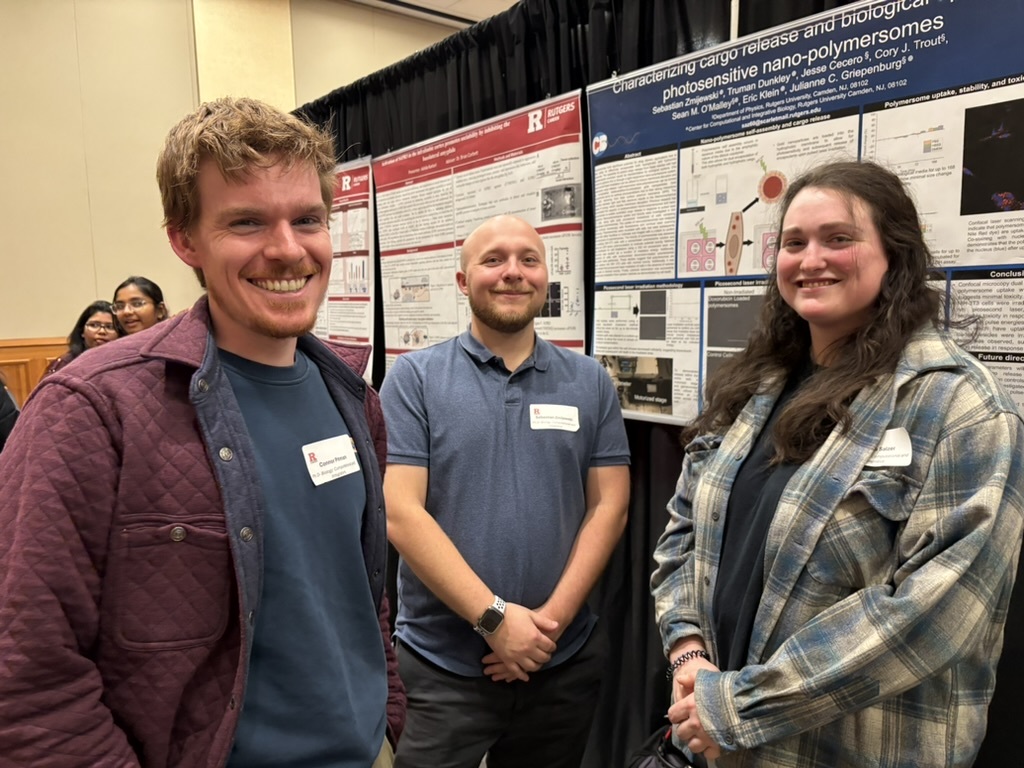Welcome to the Center for Computational and Integrative Biology (CCIB)
An interdisciplinary research center for bridging experimental and computational approaches in quantitative biology. Please see our research page to learn more about the research being conducted in CCIB laboratories.
What is computational and integrative biology?
Integrative biology considers the whole organism, from the molecular level to the population level. Integrative design and interpretation of biological experiments heavily rely on computational approaches for applying fundamental principles from mathematics, chemistry, or physics to complex biological systems.
What can an integrative approach to biology achieve?
New ideas from collaborations among experimental and computational researchers with many different ways of thinking about a biological system.
The predictive understanding required to satisfy all of these ways of thinking and to answer some of the most challenging questions in biology.
Featured News & Announcements
-

CCIB Gets Noticed at SPARK!
Read more: CCIB Gets Noticed at SPARK!Our students came out in full force to represent the CCIB at Rutger University – Camden’s annual Graduate Poster Exhibition as a part of SPARK.
Research in a great location!
Our urban location puts you within minutes of everything the region offers. Explore our CCIB Programs below to learn more.
CCIB Programs
Undergraduate Programs
The Molecular Option provides a thorough background in the subject areas involved in Computational and Integrative Biology (CIB) Major, with a stronger emphasis on chemistry and biology.
The Systems Option provides a thorough background in the subject areas involved in Computational and Integrative Biology (CIB) Major, with a stronger emphasis on mathematics and computer science.
The Physical Option provides a thorough background in the subject areas involved in Computational and Integrative Biology (CIB) Major, with a stronger emphasis on biophysics.
CIB B.S./M.S. Program
This program allows students to complete a B.S. and an M.S. in CIB within five years instead of the normal six (4 + 2).
The B.S./M.S. program initiates at the Fall term of your Junior year by contacting the CIB Graduate Program Director. Admission into the program occurs in the Spring Term of your Junior year.
Graduate Programs
Graduate Programs are intended for students with Bachelor’s or Master’s degrees in a STEM field.
The Masters program offers coursework and hands-on research experience and teaches students how to apply quantitative approaches to researching biological systems.
The Doctoral program provides in-depth research training by internationally recognized faculty. Under such mentorship, students must make a significant original interdisciplinary research contribution to the study of biological systems.
For more information on applying, please see the information for prospective students!

The CCIB Team
Learn more about the the people that make of the Center for Computational and Integrative Biology.
